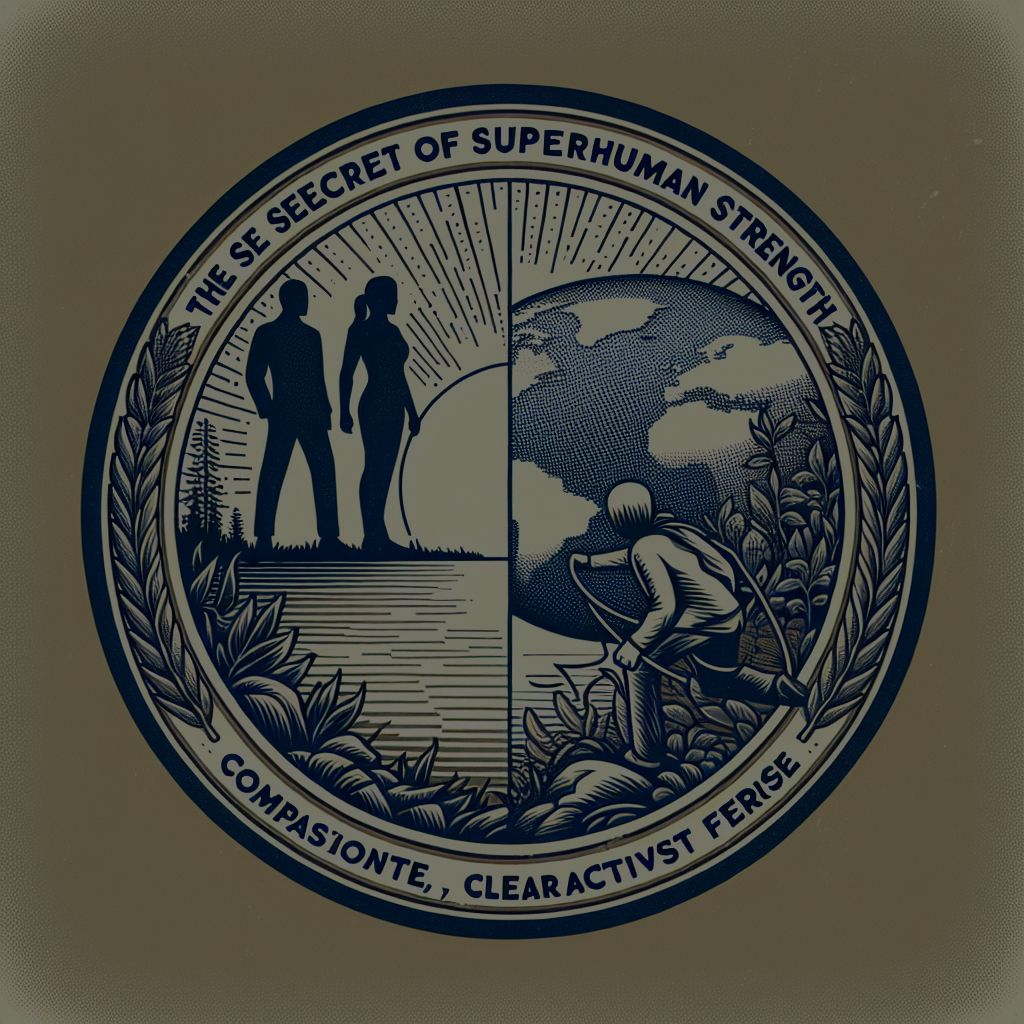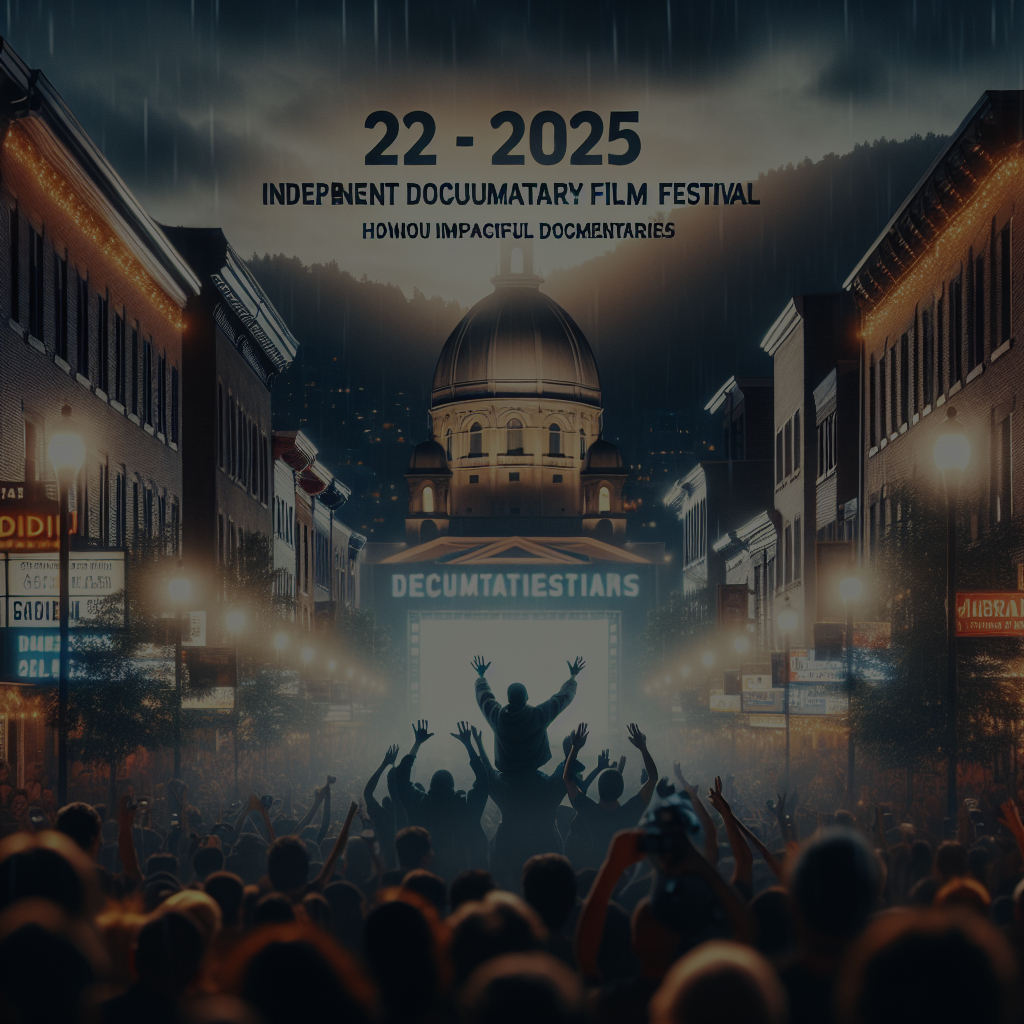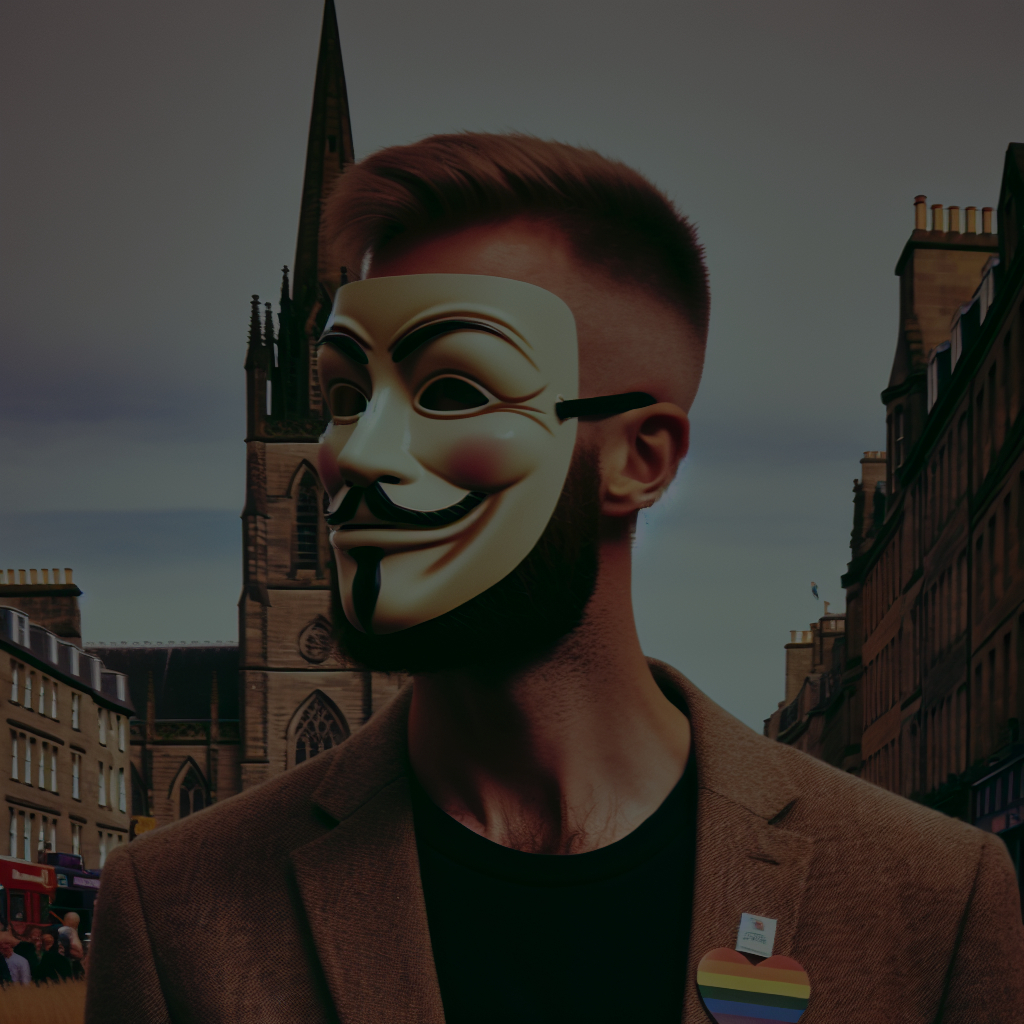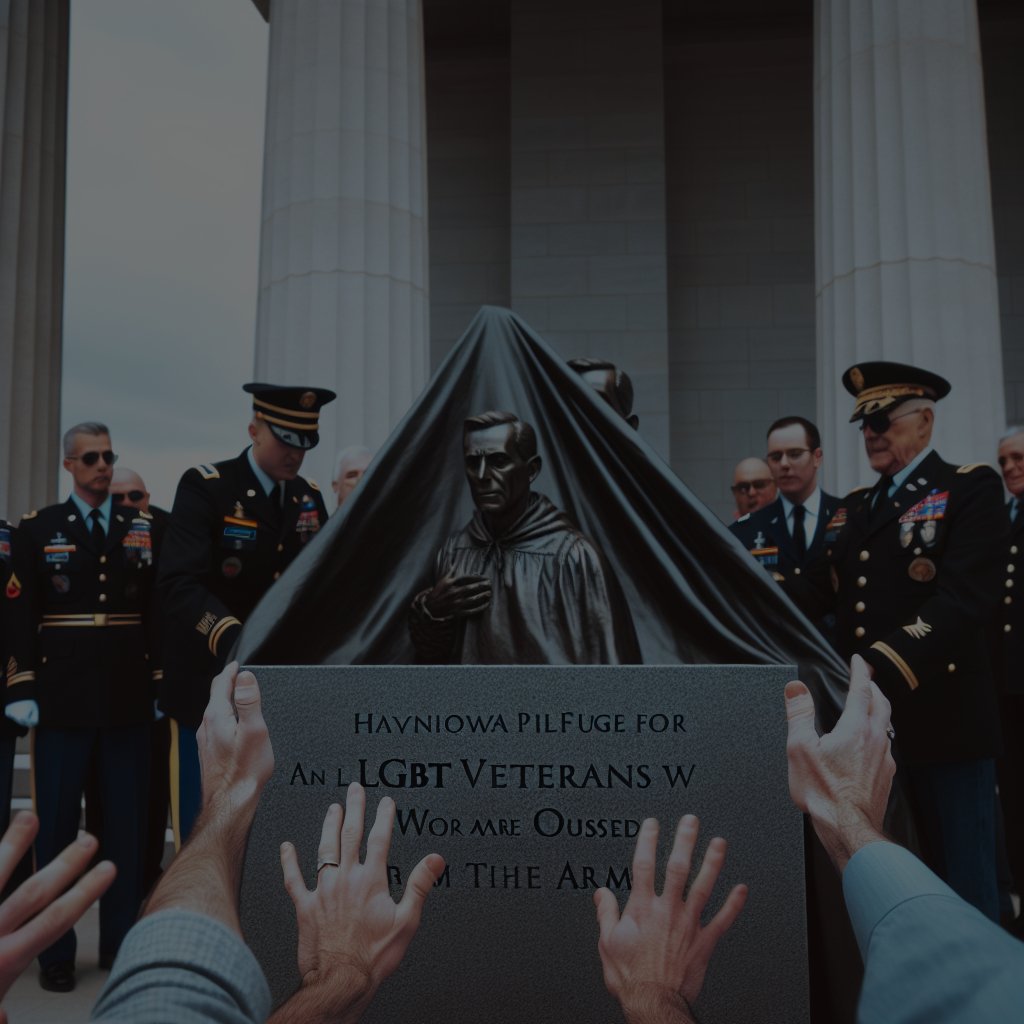The History of Queer Cabarets
Queer Cabaret: A Tapestry of Culture, Resistance, and Celebration
En history of queer cabarets is intimately woven into the larger narrative of LGBTQIA+ struggles, underground culture, and radical artistry. Long before modern rights were established for gender and sexual minorities, these vibrant nightspots offered spaces of expression, solidarity, and joy. From Paris to Berlin, New York to San Francisco, queer cabarets have played a pivotal role in shaping the social, political, and artistic history of the LGBTQIA+ movement. These venues remain powerful symbols of resilience, identity, and festive rebellion.
Origins of Queer Cabaret
The European Birthplace of Cabaret
The word cabaret dates back to the Middle Ages, originally referring to modest taverns. However, the modern concept emerged during the Belle Époque in Paris, when music, satire, and a spirit of liberation transformed these venues into creative playgrounds. Places like Le Chat Noir (1881) and the legendary Moulin Rouge (1889) became cultural landmarks—though not explicitly queer, they foreshadowed the free-thinking spaces that queer cabarets would become.
1920s Berlin: A Queer Capital
In the 1920s, Berlin stood at the forefront of queer nightlife. Venues like Eldorado attracted gay, lesbian, and trans patrons, along with allies ranging from Marlene Dietrich to avant-garde artists and drag performers. These spaces allowed for authentic expression and visibility during a time of widespread repression. Tragically, the rise of Nazism resulted in the violent closure of these havens, signaling a dark chapter in queer history.
Queer Cabarets as Rare Sanctuaries in the 20th Century

Post-War Secrecy and Survival
Following World War II, LGBTQIA+ individuals were still heavily persecuted, pushing queer cabarets further underground. In Paris, venues such as Chez Moune (opened in 1936) provided a discreet yet essential refuge for lesbian communities. In the Estados Unidos, throughout the 1950s and 1960s, queer bars and cabarets faced relentless police raids. Despite the danger, these spaces remained crucial meeting points and safe havens for personal and collective identity.
Cabarets as Hubs of Queer Activism
The late 1960s heralded a major shift. Following the groundbreaking Stonewall Riots in 1969, queer cabarets became stages not just for performance, but for political activism. Drag queens rose as emblematic figures of resistance and pride. This era also saw the expansion of queer cabaret culture in Francia, particularly in Paris, where performance met protest and queer art flourished.
Drag Performance: The Lifeblood of Queer Cabaret
Drag Art as the Soul of the Scene
Drag performance is inseparable from queer cabaret. From Berlin’s edgy underground acts to the global fame of RuPaul’s Drag Race, cabarets have been sanctuaries for drag queens and kings to create, dazzle, and challenge gender norms. These stages remain key to drag evolution, offering both space and community.
Iconic Figures in Queer Cabaret
- Divine – An unconventional muse of John Waters, whose boundary-pushing persona reshaped ideas of beauty, gender, and rebellion.
- José Sarria – A trailblazing San Francisco drag icon and the first openly gay person to run for political office in 1961, linking drag to politics and activism.
- Marlene Dietrich and Josephine Baker – While not queer themselves, both challenged gender norms and supported LGBTQIA+ artists, leaving a lasting impact on queer aesthetics.
Queer Cabaret in France
Paris: A Legacy of Tradition and Subversion
The cabaret scene in France is deeply rooted in tradition while continuing to embrace queer innovation. Notable venues include:
- Chez Moune – A cornerstone of Parisian lesbian nightlife and community.
- Cabaret Michou – Founded in 1956 in Montmartre, this cabaret became a beloved space for gender-bending performance.
- Madame Arthur – A Pigalle legend revitalized with a bold queer programming lineup.
From Margins to Cultural Milestones
Today, many queer cabarets have moved from hidden corners to the forefront of mainstream culture. Events like the Paris Drag Show highlight growing public enthusiasm for queer art and performance. What was once subversive is now celebrated, yet the rebellious spirit remains intact.
Global Underground Vibes: Queer Cabarets Worldwide
New York and the Ball Culture
In 1970s and 1980s New York, queer cabarets were deeply intertwined with the Ball culture and the rise of voguing. Immortalized in the documentary Paris Is Burning (1990), these cabarets became performance battlegrounds where marginalized identities found voice and expression, setting the stage for a global countercultural revolution.
London’s Queer Punk and Cabaret Energy
In London, venues such as Heaven and Royal Vauxhall Tavern mix traditional cabaret with punk edge, queer clubbing, and political defiance. This eclectic scene continues to pulse with innovation and fearless artistry.
Cabaret’s Role in the Fight Against HIV/AIDS
During the devastating AIDS crisis in the 1980s and 1990s, queer cabarets became lifelines for the community. Artists performed to raise funds, promote awareness, and mourn the lives lost. Through satire, glamour, and raw emotion, cabarets transformed into spaces of healing, resistance, and remembrance.
Queer Cabaret in the Modern Era
Global Expansion and Online Stages
Today, queer cabarets thrive in major cities and across digital platforms. Groups like Cabaret Méduse in France or House of Yes in New York blend artistry with activism, continuing the cabaret tradition for new generations. Livestreams and social media expand their reach, bringing the energy of the queer stage into homes worldwide.
RuPaul’s Drag Race and Pop Culture Impact
With the meteoric success of RuPaul’s Drag Race, drag and queer cabaret have gained unprecedented visibility. The show has inspired worldwide tours, festivals, and local drag revivals, seamlessly connecting grassroots performance with global pop culture appeal.
Why Queer Cabarets Still Matter
- Historical Memory – Preserving the stories and struggles of LGBTQIA+ communities.
- Safe Spaces – Providing inclusive zones for authentic self-expression and celebration.
- Creative Labs – Driving artistic innovation that informs mainstream media.
- Activism through Art – Serving as dynamic platforms for social justice and collective visibility.
Conclusion: The Future of Queer Cabaret
En legacy of queer cabarets proves these aren’t merely places of entertainment—they are cultural landmarks of resistance, creativity, and belonging. From Berlin to Paris, New York to London, cabaret has been a sanctuary and a stage for generations of queer lives.
As LGBTQIA+ visibility expands globally, these spaces continue to evolve — preserving tradition while daringly pushing boundaries. Forever celebratory, forever inclusive — queer cabarets remain at the heart of queer culture and joy.








Deja una respuesta